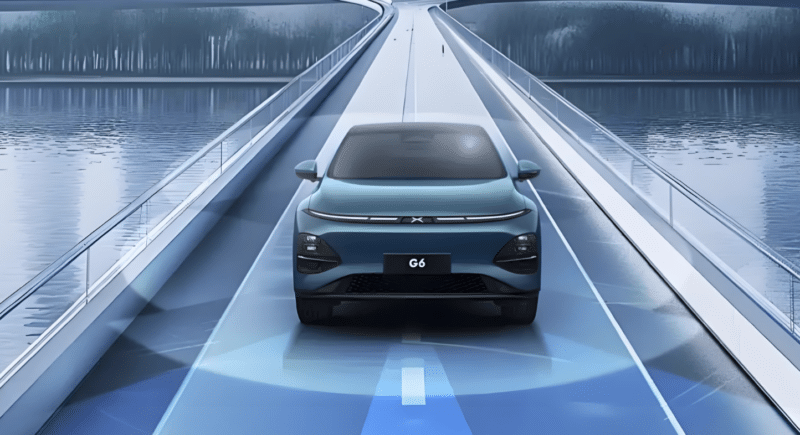Xpeng’s XNGP urban self-driving system hits another milestone
Xpeng, the Chinese electric vehicle manufacturer, has recently made significant strides in the field of autonomous driving with its XNGP urban self-driving system. On May 14th, the company announced that the system had achieved 100% mapless driving and had doubled the available driving range. This breakthrough signifies a notable improvement in the versatility of the XNGP system, as previously, advanced assistance driving in select areas required the use of high-definition maps. A test was initially rolled out in February this year, but it is now that the company claims the system has reached 100% mapless driving.
In terms of specific city mileage expansion, the available range in Shanghai has expanded by 2.23 times, Guangzhou by 2.15 times, Shenzhen by 2.18 times, and Foshan by 1.31 times.

Expanding beyond these major cities, Xpeng has also extended the coverage of its intelligent driving system to Shandong and Jiangxi provinces. Shandong now offers over 30,000 kilometers of urban mileage, while Jiangxi provides over 11,000 kilometers. In Shandong, cities such as Jinan, Qingdao, and Linyi have fully opened up, while in Jiangxi, cities like Nanchang and Ganzhou are included.
It is worth noting that these new features are currently limited to the Max version of Xpeng’s vehicles, this version was initially introduced last April. This limitation is understandable as the Pro version vehicles are restricted to high-speed scenarios due to their overall vehicle computing power and sensor capabilities, thus mainly supporting XNGP-assisted driving.

Xpeng’s advancements in autonomous driving come at a time of intense competition in the market. Recently, the CEO of WeRide, Tony Han, revealed that on May 18th, their PPA self-driving system would expand to cover one hundred cities, ahead of the original plan by at least one quarter. Han will also demonstrate the “light mapping” PPA capability through a live stream on that day. Not to mention, Tesla made headlines recently with its push forward to bring its FSD system to mainland China.
Furthermore, Nio has chosen to open up its urban NOP+ function to national users through a “road validation” approach. Once a route receives dual certification from users and the official system, the NOP+ function is made available. Therefore, Nio’s urban autonomous driving expansion focuses on coverage rather than “city openings.”
Similarly, after pledging “nationwide availability” at the end of last year, Huawei upgraded its goal to “driving on any road.” They also rely on a mapless solution to achieve urban autonomous driving. It is evident that “mapless” driving has become an industry trend. The competition between leading companies has objectively accelerated the continuous evolution of autonomous driving capabilities in China.
Overall, several Chinese companies have demonstrated a constant push for improved performance in the field of autonomous driving, with their technological prowess placing them at the forefront of the industry. It is hoped that these companies will further refine this technology through future iterations, ultimately providing users with a more seamless and perfect autonomous driving experience in the not-so-distant future.
Source: Citnews



